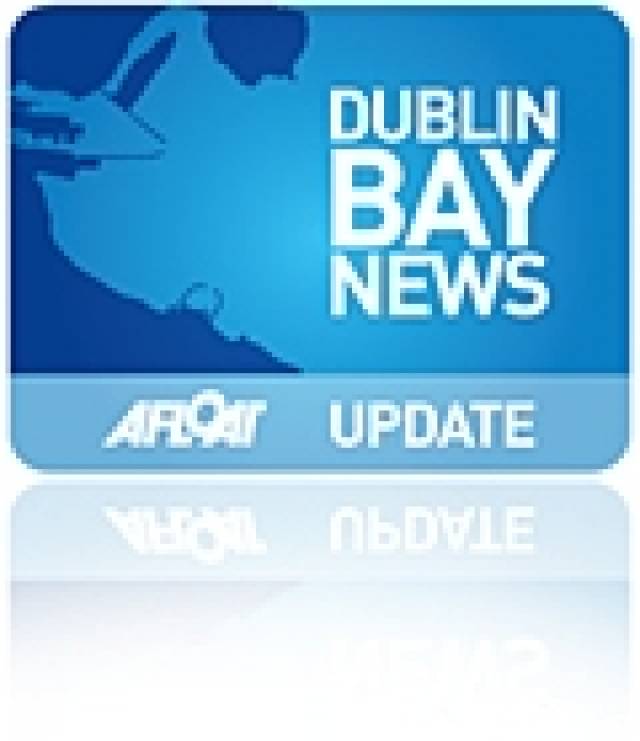A ship's pass dated 1687, signed by King James II and Samuel Pepys, which was acquired by the Dublin Port & Docks board in 1924, was presented to the National Library of Ireland today by Enda Connellan, CEO, Dublin Port Company who noted that "Dublin Port Company is delighted to present this interesting and rare historical document to the National Library of Ireland. This will ensure that it is appropriately conserved and displayed. In its new home it will also be more accessible to the public."
The pass is one of the few known examples of 17th century ships' passes in the world, with others held at the National Archives in Kew, London and at the National Maritime Museum in Greenwich.
The example presented to the National Library of Ireland was designed to provide passage for the merchant vessel the Mary of Cork, free from interference by English warships or warships belonging to states maintaining diplomatic relations with England.
The vessel left Dublin port in late 1687, bound for the Canary Islands. At the time, the Canary Islands were major exporters of sugar and Malvasia, a fortified white wine which travelled well and was extremely popular in Britain. The Mary of Cork may have been trading in such foodstuffs, in return for products such as salted Irish beef.
The vessel was manned by a crew of five and captained by Zachary Peebuchet.
The Mary of Cork ship's pass was issued at the Court of Whitehall on 29 September 1687 and was signed by King James II (Lord High Admiral 1685-1688) and Samuel Pepys (in his capacity as Secretary to the Admiralty). On 18 April 1688, the ship's pass was returned to Ireland, where it was entered into the registry of the High Court of Admiralty of Ireland by Thomas Williamson. It was acquired by the Dublin Port & Docks Board in 1924, and will soon be on display in the National Library's Department of Manuscripts.

























